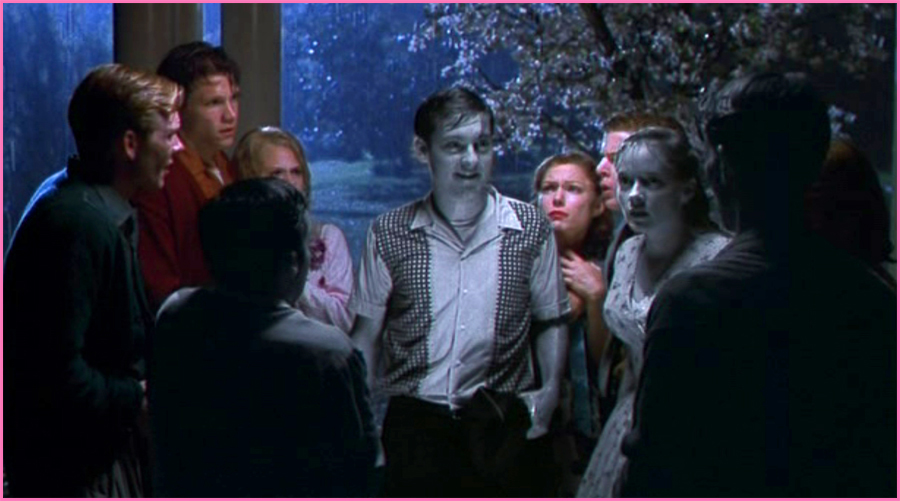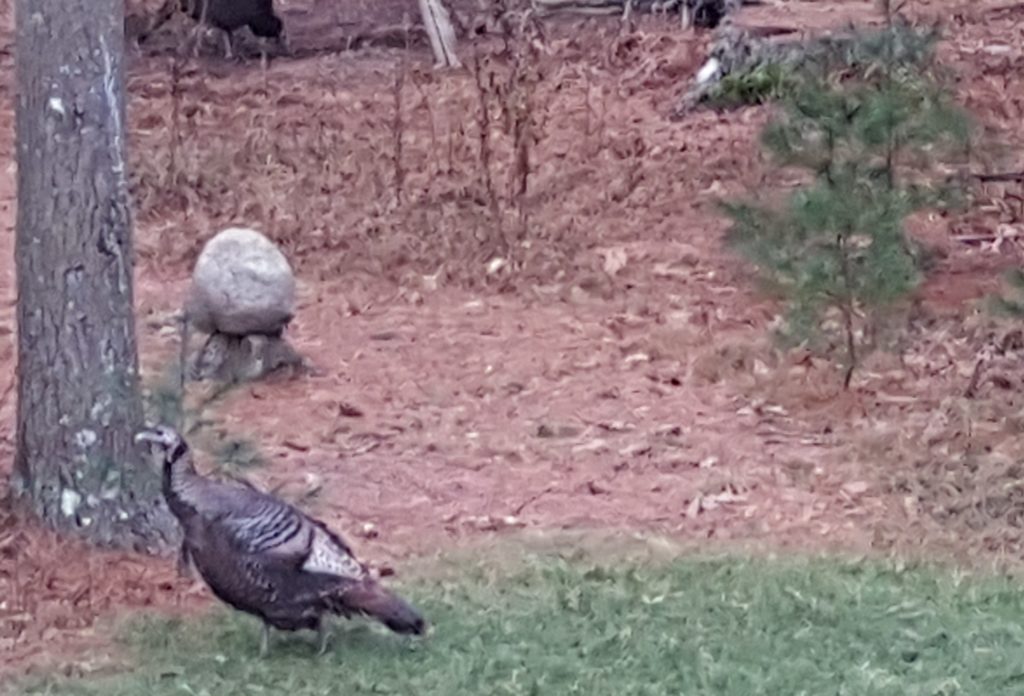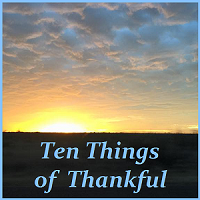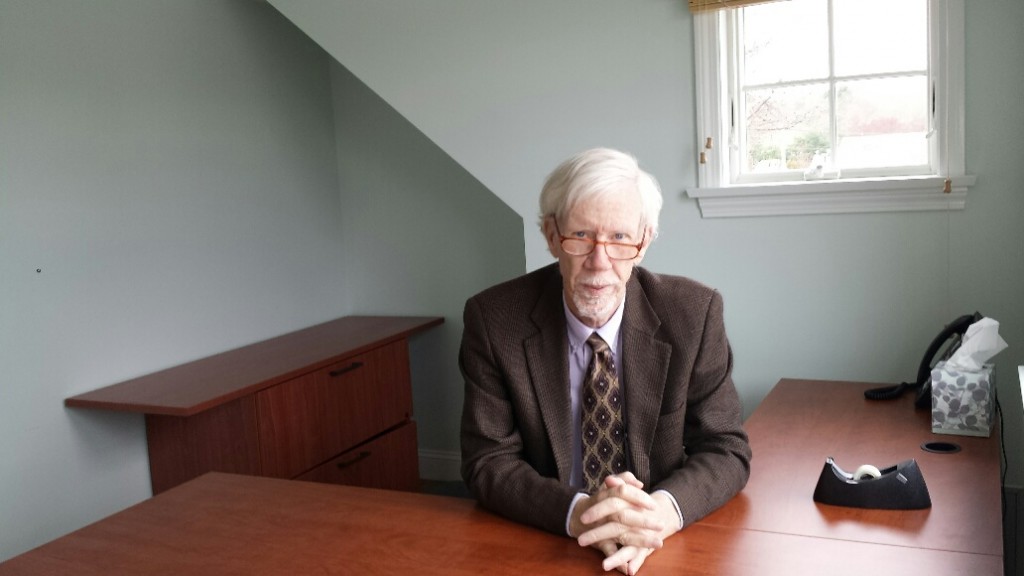Welcome to the Wakefield Doctrine (the theory of clarks, scotts and rogers)
Today we head over to the most excellent of bloghops, Finish the Sentence Friday. Hosted by Friend of the Doctrine, Kristi and (for this Week) Hillary Savoie.
“Can you say, ‘ello there Miz Kristi, Ms. Savoie? Sure you can.”
The way this bloghop works: participants are invited to complete the sentence, the fragment of which is provided. Each week a different sentence fragment. When (participants) complete the sentence, in the manner of their choice to whatever length they deem proper, they add them to the list of posts to be found at Kristi and Hillary’s blogs. That way all are available for reading, hence the term, bloghop.*
I will join the others and invite you all to join in this week’s ‘hop. It’s fun and it’s interesting and, if you’re into the stream of consciousness school of post writing as am I, you might be surprised at the post that sits on your screen and dares you to hit ‘Publish’.
The Sentence to be completed:
“When it comes to belonging…”
“…the concept tempts me to believe that I know how might a blind man or woman feel, surrounded by well-intentioned people earnestly describing Niagara Falls and with each new narration of the experience, I smile in their direction and nod at the descriptions and metaphors, analogy and examples.”
The above is my immediate ‘Finish’ Arguably that makes it the most honest completion of this week’s sentence. I do, however, have a second, perhaps more… fun Sentence completion. But first a little backstory and, hopefully sufficient context to make my post more…fun?
The above complete sentence is what I think about ‘belonging’. My perception of myself, (hey, all the rest of what follows is an elaboration of what those four words imply. Not so much that the words themselves explain anything as it the way I describe the process underlying my response), is that of an Outsider. For me, the world is ‘out there’ and I am here. (One of the ways to spot an Outsider, aka a clark in the Wakefield Doctrine system) is to say, ‘Every day I wake up and try to figure out what I’m going to have to do with the world out there.’ It’s been my experience that a lot of people do not make that distinction between themselves and reality. They tend to be the people who belong.
Now the follow-up Finish (of the Sentence):
“…the closest I come to belonging is when this topic comes up and I sense others, who hesitate and look around the group, quietly, un-noticeably before responding. At such times I believe I can see the rainbow in the mist at the edge of Niagara Falls, if only for a second.”
* sorta… I suspect the etymology is far more involved (and interesting) than my suggestion, seeing how no one actually ‘hops’, not that that’s possible, being a medium that does not permit direct physical interaction. ‘though, that being said, there is nothin in the rules that forbids participants from hopping, at least that I’m aware.












